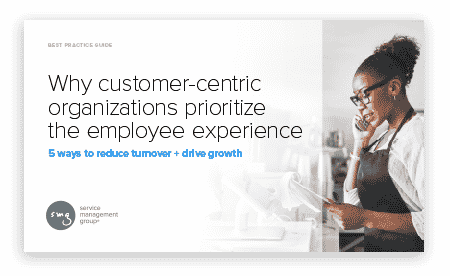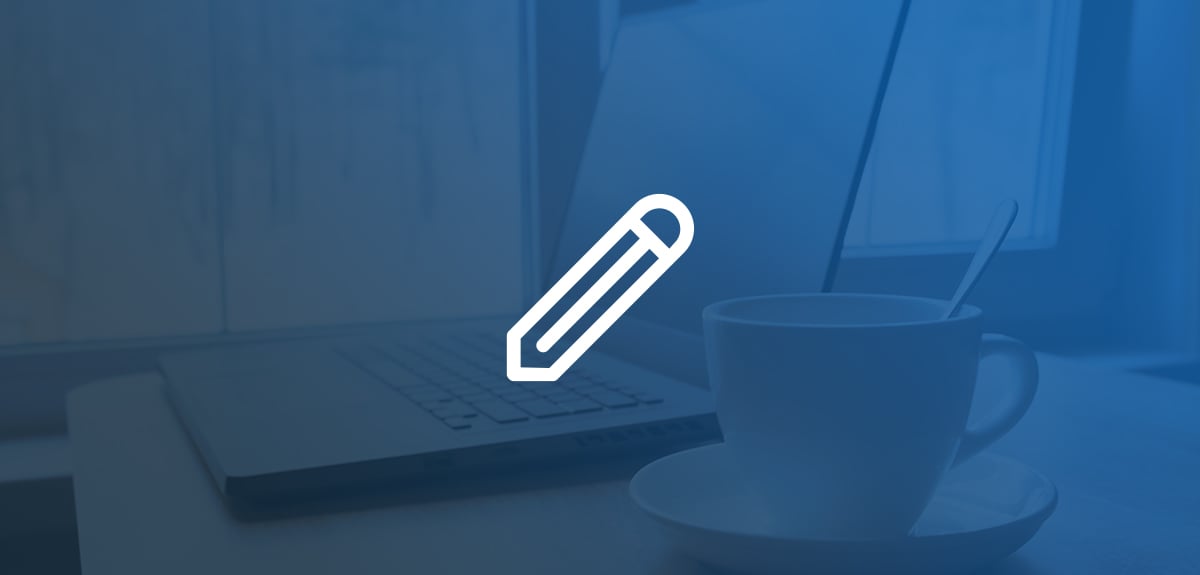Understanding Unions: Effective Methods for Collecting Employee Feedback
Published on Jul 13, 2022

Following many years of decline, unionization rates have begun to resurge across the county in the last couple of years. Historically, organized labor unions have been found more in industrial organizations, but with the recent labor shortage and today’s economic challenges at play, service industries like retail and restaurant are now seeing a rise in employees rallying for unionization.
While there are many factors that contribute to employees seeking out unionization, unions frequently come into play when employees don’t feel heard or safe, or feel as if they’re being treated poorly or unfairly.
Unionized or not, your company has an obligation to ensure it’s protecting the common interest of employees. Here are proactive steps to take in making sure you’re leveraging employee feedback collection methods to listen more closely to employees, hear their concerns, and drive action to resolve issues + improve engagement.
Step 1: Identify what matters most to employees
Engagement efforts should start by prioritizing employees’ needs. And while the mechanics of your employee experience (EX) program are important (and we’ll get to the functionalities of employee feedback collection methods next), first you need to understand what your employees expect from you. And that starts with asking the right questions.
While the needs of employees are unique to the individual and can vary from person to person, we’ve compiled a list of tenets companies should prioritize and ensure they’re delivering on—whether you have a union or not:
Demonstrate mission + values
People are choosing to work for brands they are proud to be associated with. Define what your brand stands for and incorporate that mission into daily operations.
Build an employee-focused culture
When thinking about employee programs, it’s important to provide unique benefits that are appreciated by all team members from diverse generations and backgrounds.
Provide opportunities for employees to continuously learn + develop
Create an environment of autonomy and empowerment, allowing employees to use their skills to problem solve and innovate. Employees want to feel valued and do meaningful work—give them the tools they need to provide superior customer experiences.

5 ways to reduce turnover + drive growth
Show appreciation
Pay is important but don’t rely on financial incentives—small gestures can go a long way. And learn how employees like to be rewarded + recognized (e.g., one-on-one vs. among their peers).
Refresh your diversity, equity, + inclusion initiatives
Employees can clearly see a difference when their organization is all in on promoting DEI. With the heightened and necessary focus on ending social injustice and systemic prejudices, employers need to step up to the plate with robust + effective DEI efforts.
Step 2: Activate response solutions across multiple touchpoints
Along with establishing the cadence of essential point-in-time surveys (e.g., onboarding, exit) brands should also consider providing employees the option to leave immediate feedback. An always-on voice of the employee (VOE) option is a passive feedback channel organizations can leverage to collect employee feedback 24/7—and meet the employee where they are without waiting for a survey window to collect feedback.
It’s very flexible in terms of content: You can use VOE to crowdsource ideas and suggestions, replace an HR hotline or distribution list, and integrate with case management to make sure clients close the loop on employee queries. It can also be leveraged as a way to recognize employees anonymously or used as a training evaluation form.
It’s also important to have access to self-service technology, which gives you the freedom to implement ad-hoc pulse surveys. When used effectively, these mini questionnaires can provide a quick read on important organizational issues and help you measure and improve performance during critical periods.
This will not only keep your employees happy but will help ensure your front lines are delivering a consistent customer experience during times of transition (e.g., when implementing operational changes, launching new products). And as your brand grows and evolves, consistent CX is very important to customer loyalty.
Additionally, be sure you’re connecting with employees when (and how) they want. Your EX program can’t be one-size-fits-all. You need a cross-channel approach that provides a variety of invitations and feedback options—so you can hear from more of your employees. Examples of methods your brand should consider are:
Two-way SMS
65% of surveys are taken on a mobile device. Two-way SMS helps you connect with employees on their favorite channel, providing a convenient option for them and a richer source of feedback for you. This method makes it easy for brands to:
- Send customized, conversational surveys
- Collect point-in-time, solicited feedback
- Increase engagement + response rates
Video capture
The best ideas often come from your front line. Video feedback not only gives those ideas a voice but adds emotional context—bringing employee experiences to life and helping brands:
- Apply deeper insights to open-ended feedback
- Generate executive buy-in and support
- Gain perspective on the customer experience through front-line employees
In addition to hearing what employees have to say, make sure you’re then acting on their feedback. With the right case management strategy, employers can promptly respond, assign, track, and resolve for an effective recovery process with employee complaints.
Step 3: Use action-planning to drive engagement and meaningful change
Even the best-intentioned employee experience programs are destined to fail if there’s no defined path for turning feedback into full-fledged action plans in the field. Unfortunately, HR teams often lack the time and resources needed to dig into the data and surface the most meaningful ways to drive engagement—which is compounded by the vast volumes of data being collected and integrated.
When you’re collecting employee feedback and having to tie it all back to other critical datasets, knowing how to move the needle can seem daunting. But with automated, in-platform action planning, organizations can set customizable goals around existing KPIs and opportunity areas—helping shape a targeted strategy for growth that impacts the entire company.
Here are 3 functionalities to look for in an automated action-planning solution and strategy:
1. Establish ongoing action plans based on location-specific Areas for Focus
With real-time access, leadership teams and location managers can immediately begin turning identified Areas for Focus into tangible action strategies by intuitively adding specific tactics. Whether it’s recognizing front-line teams for exceptional service or fostering a growth-oriented culture with more training opportunities, managers will be able to identify and track the measures that matter most for the teams they oversee.
2. Drive accountability + share best practices across teams
As action plans get put into place, leadership teams can help drive change efforts by democratizing best practices established by top-performing managers and sharing coaching materials to drive a more consistent approach to driving engagement across the enterprise. The action-planning dashboard enables users to upload a variety of attachments, including playbooks, training resources, and branded celebration alerts from customer comments that reinforce loyalty-building behaviors.
3. Track against customizable goals with strategic check-ins and intuitive progress indicators
With strategies in place and resources easily accessible, leadership teams can use the check-in functionality and progress-trackers to ensure location-specific goals are being met. To foster an open dialogue, managers can add comments around strategic initiatives being put into place. That in-platform collaboration makes it that much easier to:
- Foster a 2-way conversation around EX key drivers
- Fine-tune best practices for driving improvements
- Establish the EX program as a pillar for culture-building efforts
As teams make strides, regional managers will have quick topline views of which locations are excelling and which ones need additional support to achieve their goals. And with intuitive export functionality, users can easily share the tangible progress being made as a proof point that the organization is committed to acting on employee feedback.
Don’t ignore your most valuable asset: your employees
Most organizations know the value of using employee feedback to improve company culture, inform recruitment tactics, and reduce turnover. But the gap between collecting feedback data and actually using it to drive improvements is determined by the tools you have at your disposal.
Learn how one SMG client used its employee experience program to spend less time mining data for insights and more time driving action in the field—resulting in empowered employees, less turnover rates, and higher overall engagement.
Related articles

Why Voice of the Employee (VoE) matters: Turning feedback into action
Empowered employees drive business success. Discover why Voice of the Employee (VoE) is essential for engagement, retention, and customer satisfaction—and how to turn employee feedback into meaningful

How to Incentivize Feedback for Your Customer Experience Management Program
Great insights start with great feedback—and great feedback depends on a healthy sample of responses. But as much as we’d love for customers to offer abundant, thorough, and honest feedback purely out

How Hand and Stone listened to customers at critical moments and delivered highly satisfying experiences amid COVID-19
As a massage and facial spa, the pandemic created significant operational challenges for Hand and Stone. To help guide its reopening strategy, the brand wanted to take member feedback into account and